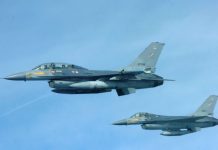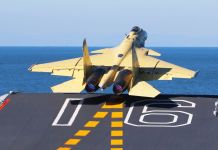A “dogfight” between Saab Gripen and the Chinese J-11 fighter jets game provides lessons to militaries around the world on how to get the better of Chinese warplanes.
Message To The US? China’s J-20 Stealth Fighter Jet Makes Debut In Joint Military Drills With Russia
Details of Exercise Falcon Strike 2015, the first-ever joint exercise between the Chinese and Thai air forces, which was held at Korat Royal Thai Air Force Base for two weeks in mid-November 2015, were revealed in 2019.
While the Chinese PLA Air Force (PLAAF) brought J-11 to the wargame, the Thai Air Force deployed Swedish Saab JAS-39C/D Gripens, though it also operates the American F-16s.
What astounded the military experts is that a 25-year-old fighter overpowered the relatively younger Chinese J-11 aircraft especially during the beyond-visual-range (BVR) engagements.
This humiliating defeat by the Gripens exposed the reality of China’s air-warfare capabilities, with experts commenting on J-11s not having a chance against the muc advanced Rafales that the Indian Air Force is operating.
Gripen Vs J-11
The Saab JAS 39 Gripen is a Swedish fourth-generation single-engine multirole fighter jet that took its first flight in 1988 and entered service in 1996. With a speed of Mach 2, the Gripens have been sold to six nations across Central Europe, South Africa, and Southeast Asia.
The Thailand Air Force operates a NATO-compatible C/D model with extended capabilities in terms of armament, electronics, etc., and it can also be refueled in flight.
On the other hand, China’s J-11 fighter is based on the Soviet-designed Sukhoi Su-27. The J-11 is a twin-engine jet that took its first flight in 1998.
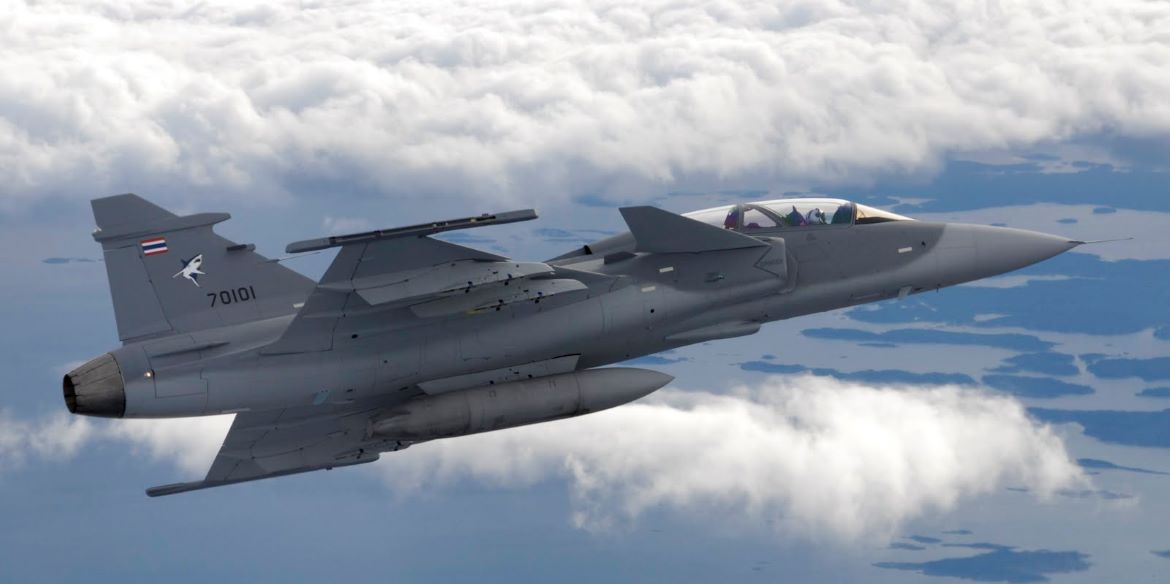
With its multiple variants and upgrades like the missile approach warning system (MAWS), the improved cockpit displays, and fire control systems for R-77 or PL-10 missiles, the J-11s have become a significant part of the Chinese Air Force with more than 400 in service while the Navy operates around 70 of the fighters.
The EurAsian Times earlier reported how China is continuing research and development of the J-11 fighter, which might affect the future of its J-10 aircraft.
SAAB Gripens Destroy Chinese J-11s
Across the seven days of the exercise, the Chinese jets performed subparly, leading many analysts to cast doubts over China’s aerial capabilities.
During the first two days of the war game, the powerful J-11s shot down 16 Gripens in a visual-range battle with no loss.
ZERO Buyers! Boeing ‘Hard Sells’ Its F/A-18 Super Hornets To Indian Navy; Global Customers Give It A ‘Royal Snub’
Reports suggest that the Thai Gripen was armed with AIM-9 infrared-guided missiles and an internal cannon for close-range combat, while the J-11s were armed with infrared-guided short-range missiles — the PL-8s.
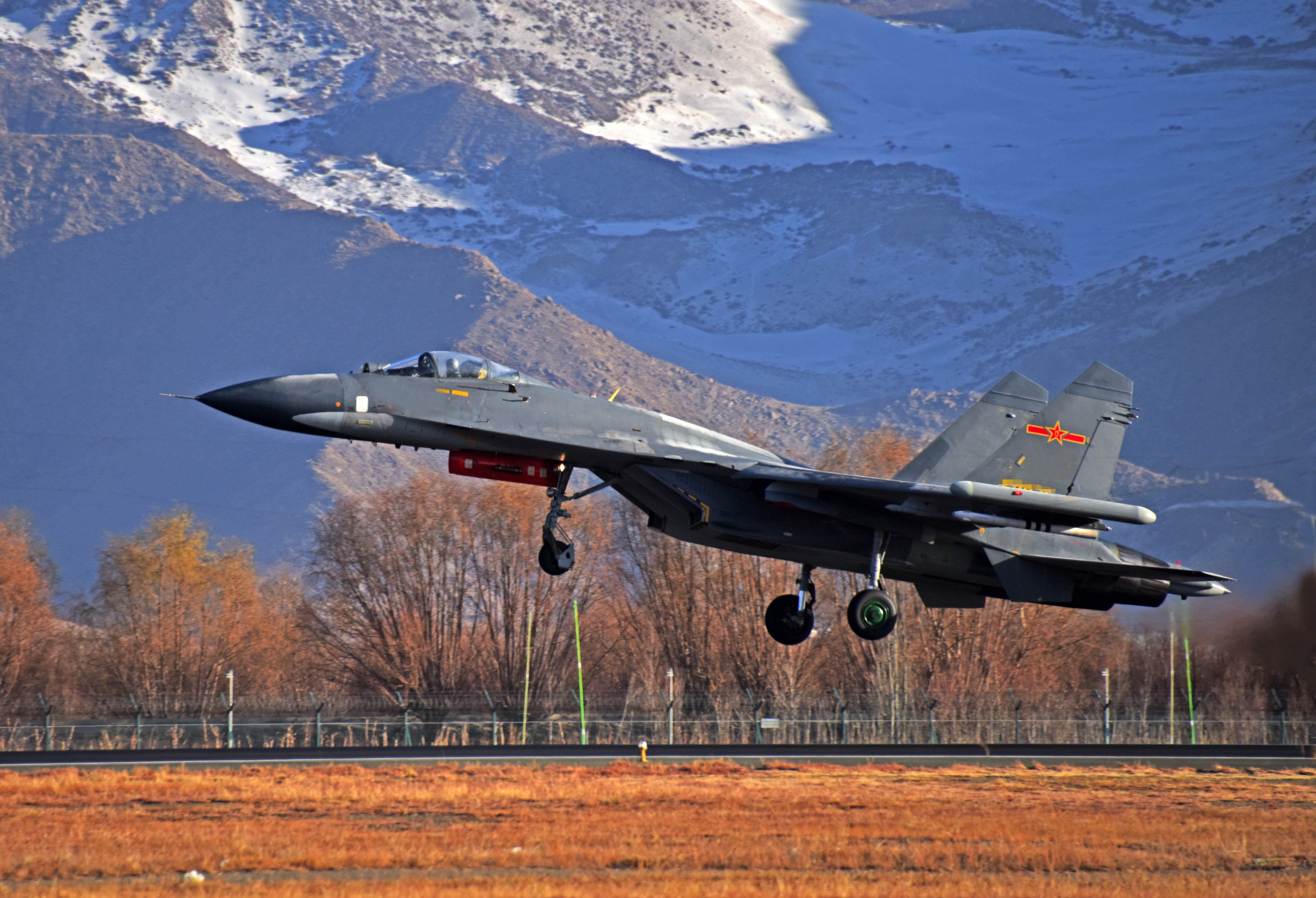
However, in the following days, as the game shifted to beyond-visual-range engagements, the Gripen armed with AIM-120 medium-range missiles proved to be a far better fighter than the J-11 with its own medium-range missiles, possibly PL-12s.
The Gripens shot down a total of 41 Chinese J-11s at a loss of six fighters. The final tally after the completion of seven days stood in favor of the Swedish fighters as it shot down 42 J-11s at a loss of 34 only.
Interestingly, military analysts observed that Gripens outperformed the J-11s in terms of the range, given how 88% of the Thai kills occurred at a range of at least 19 miles, while the Chinese scored just 14% of their kills at the same range.
The Gripens also scored 10 kills at a distance of more than 31 miles, while the J-11s scored no kills. The Aviation website Alert 5 noted that the Chinese pilots had poor situational awareness.
“Too much focus was on the front of the aircraft rather than all around. In phases of the war game where J-11s escorted other planes, there was a lack of coordination,” the website said.
“Chinese pilots were not experienced in avoiding missile shots, their responses were too mechanical, and [they] could not judge correctly the evasive techniques for missiles with different ranges,” Alert 5 added.
India Rafales
The struggle of Chinese jets against the fourth-generation Gripen has thrilled Indian military analysts, given that the Indian Air Force now hosts two squadrons of the 4.5-generation French-made Rafales.
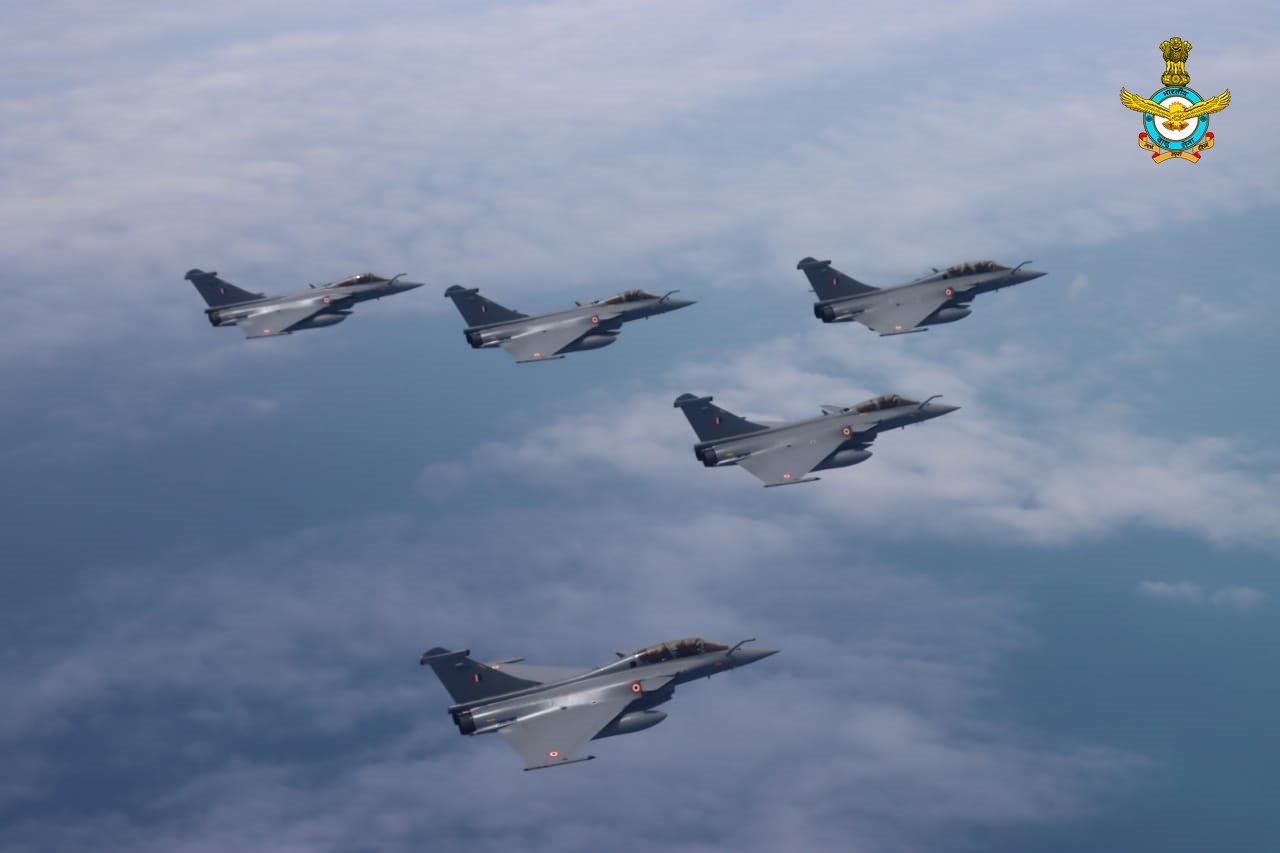
Amid the ongoing standoff between India and China at the Line of Actual Control (LAC) in eastern Ladakh, experts have started speculating how Indian Rafales will fare against the Chinese aircraft, especially with their fifth-generation J-20.
Dead Meat! Why China’s Workhorse J-10 Fighter Jets Need To ‘Hang Its Boots’ Before ‘Rafale’ Strikes
The Rafales are combat-proven multirole aircraft that have been used by the French Air Force for its missions in the Middle East, while the J-20 has not been deployed in any conflict zones as yet. With a capacity to carry six AASM missiles, the Rafales outflank the J-20 in terms of weapons, fuel, and combat experience.
The EurAsian Times earlier published a report in which Former IAF pilot Vijainder K Thakur compared the stealthy J-20 to Indian Rafales in case of potential aerial combat.
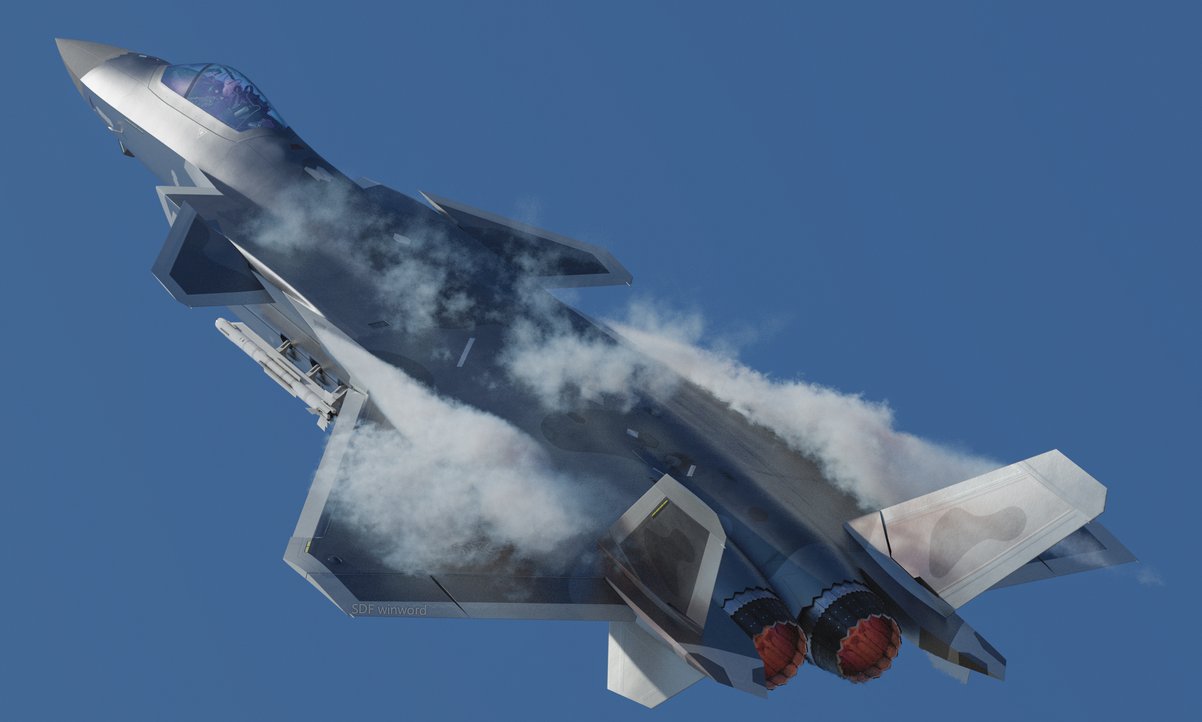
“The stealth advantage of the J-20 would give it a ‘first see, first shoot’ advantage in BVR combat over all Indian fighters except for the Rafale,” he said.
However, he added that against the Rafale, which is equipped with low RCS, Spectra self-protection suite with RF cloaking, and Meteor 150-km BVR missile, the J-20 will find it extremely hard to defeat the fighter.
For feedback, mail us at: editor (at) eurasiantimes.com


